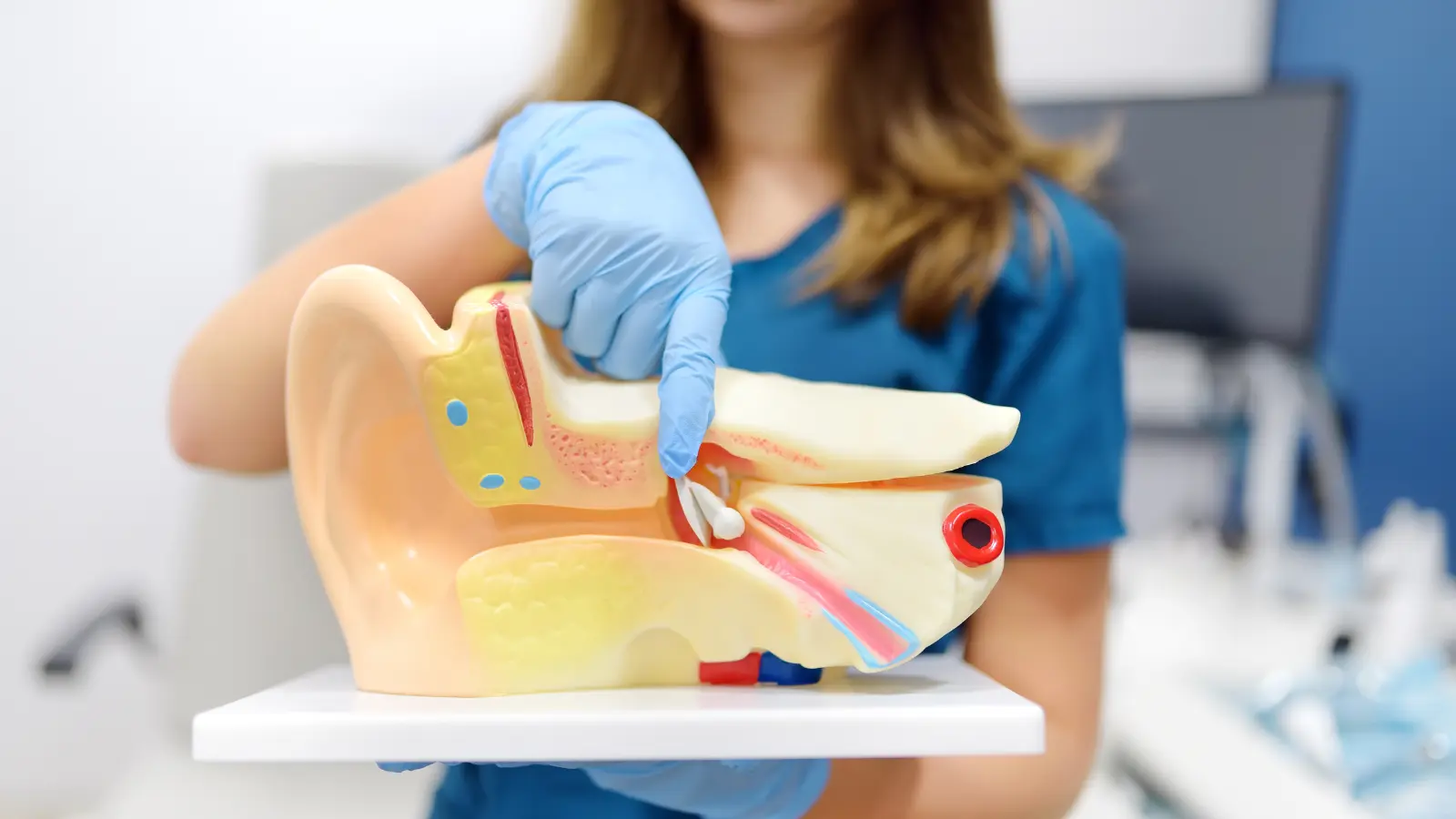
Understanding TMJ Disorders and Seasonal Triggers
Temporomandibular Joint (TMJ) disorders encompass a range of conditions affecting the jaw joint and surrounding muscles. These disorders often result in pain, discomfort, and difficulty in jaw movement. Seasonal changes can significantly influence TMJ symptoms, exacerbating flares due to varying environmental factors such as temperature fluctuations, humidity levels, and changes in atmospheric pressure.
The Impact of Temperature Variations
Temperature changes, particularly the transition from warm to cold weather, can lead to muscle tension and joint stiffness. These conditions aggravate TMJ symptoms. Cold weather often causes individuals to tense their jaw muscles, leading to increased strain on the TMJ. Additionally, the jaw joint itself can become stiff, making movement painful and difficult.
Humidity and Its Role in TMJ Discomfort
High humidity levels contribute to TMJ flares by promoting inflammation and swelling in the joints. Conversely, low humidity can cause dryness in the mucous membranes and joints, leading to discomfort and pain. Maintaining a balanced humidity level is crucial for individuals with TMJ disorders, as extreme conditions on either end of the spectrum can exacerbate symptoms.
Atmospheric Pressure Changes
Atmospheric pressure fluctuations, common during seasonal transitions, impact the pressure within the TMJ. These changes can cause a sensation of fullness or pressure in the ears, leading to increased discomfort. Patients with TMJ disorders often report heightened symptoms during periods of significant atmospheric pressure changes, such as during storms or sudden weather shifts.
Strategies for Managing TMJ Flares During Seasonal Changes
1. Temperature Management
- Heat Therapy: Applying warm compresses to the jaw area can help relax muscles and reduce stiffness. Heat therapy increases blood flow, promoting healing and alleviating pain.
- Cold Therapy: Cold packs can be used to reduce inflammation and numb pain in acute flare-ups. Alternating between heat and cold therapy may provide comprehensive relief.
2. Humidity Control
- Humidifiers: Using a humidifier in dry conditions can maintain moisture levels, preventing dryness in the joints and mucous membranes. Aim for a humidity level between 30% and 50%.
- Dehumidifiers: In areas with high humidity, dehumidifiers help reduce moisture levels, preventing excessive swelling and inflammation in the TMJ.
3. Monitoring Atmospheric Pressure
- Weather Tracking: Keeping an eye on weather forecasts and being aware of upcoming atmospheric pressure changes can help individuals prepare and take preventive measures.
- Ear Protection: Wearing ear protection during significant pressure changes can help reduce the sensation of fullness and pressure in the ears associated with TMJ flares.
Additional Tips for TMJ Management
Regular Jaw Exercises
Performing regular jaw exercises helps maintain flexibility and strength in the jaw muscles. Gentle stretching and strengthening exercises, guided by a healthcare professional, can prevent stiffness and reduce the risk of flare-ups.
Stress Reduction Techniques
Stress is a major trigger for TMJ symptoms. Implementing stress reduction techniques such as mindfulness, meditation, and deep breathing exercises can alleviate muscle tension and decrease the frequency of TMJ flares.
Dietary Considerations
Adopting a soft diet during flare-ups can minimize strain on the jaw. Avoiding hard, chewy, or crunchy foods reduces the workload on the TMJ, allowing it to heal and recover more effectively.
Professional Treatment Options
- Physical Therapy: A physical therapist can provide tailored exercises and treatments to alleviate TMJ symptoms and improve joint function.
- Dental Appliances: Mouthguards or splints prescribed by a dentist can help realign the jaw and reduce stress on the TMJ.
- Medications: Over-the-counter pain relievers and anti-inflammatory medications can manage pain and inflammation. In severe cases, a healthcare provider may prescribe stronger medications.
Conclusion
Effective management of TMJ flares during seasonal changes involves a multifaceted approach, addressing temperature variations, humidity levels, and atmospheric pressure changes. By implementing targeted strategies such as heat and cold therapy, humidity control, and stress reduction techniques, individuals can significantly reduce the frequency and severity of TMJ symptoms. Additionally, regular jaw exercises, dietary adjustments, and professional treatment options provide comprehensive care for managing TMJ disorders and improving overall quality of life.